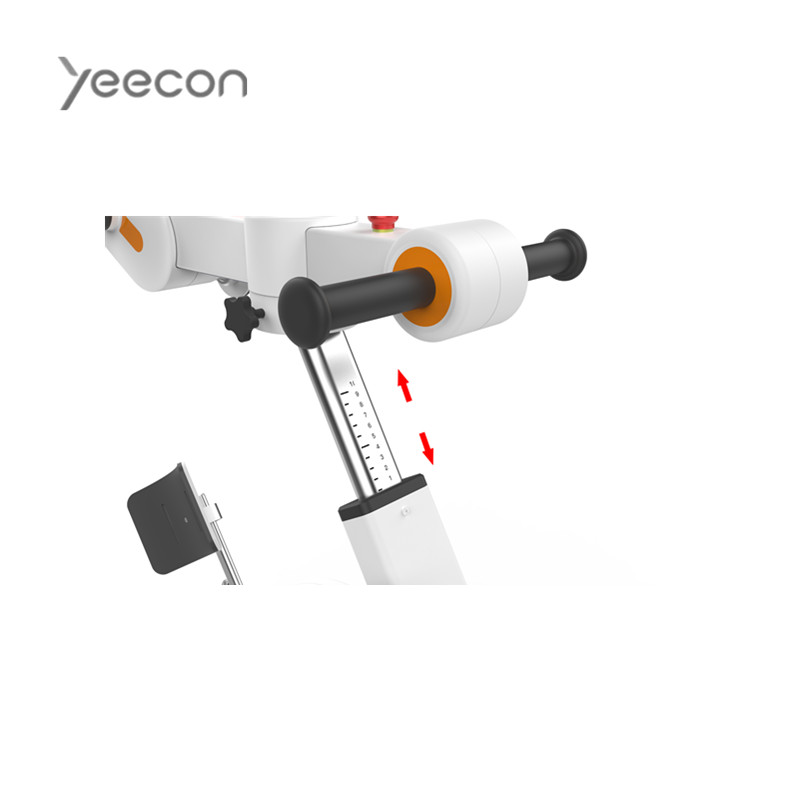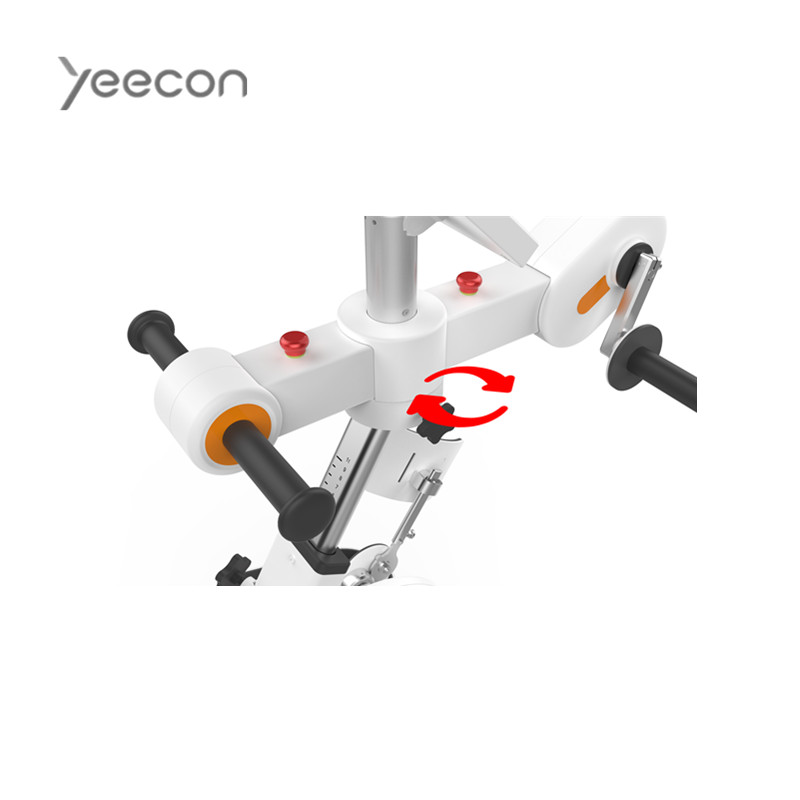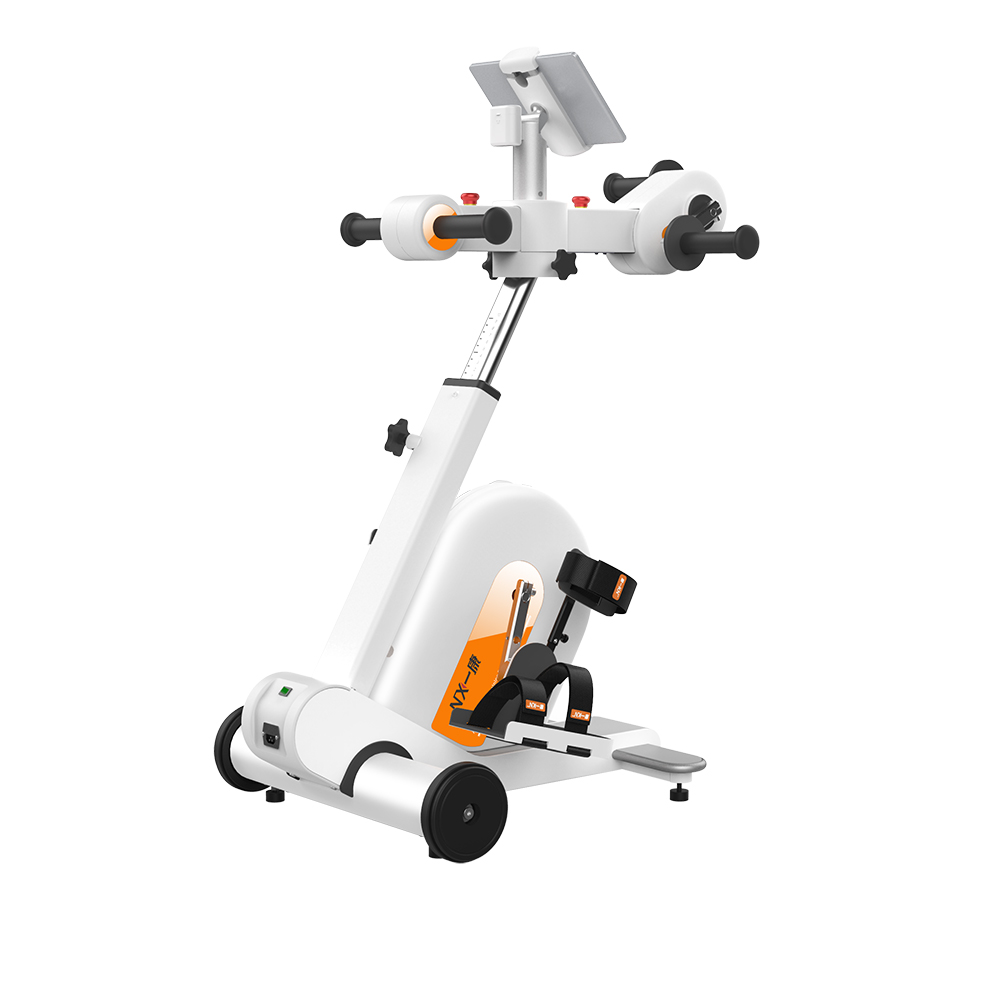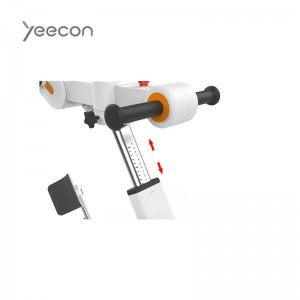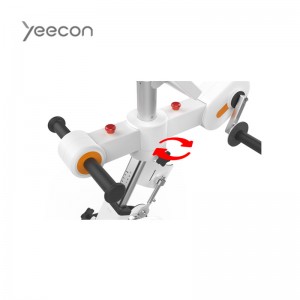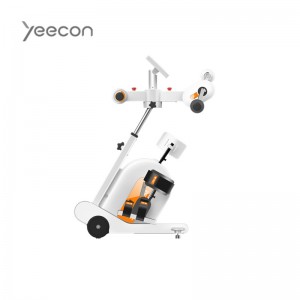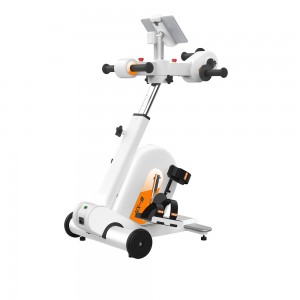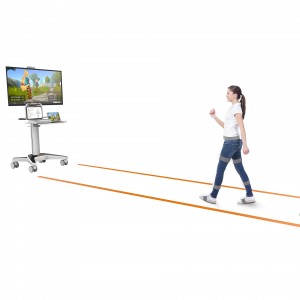What Is Rehab Bike?
Rehab bike SL4 is a kinesiotherapy device with intelligent programs. SL4 can enable passive, assist, and active (resistance) training on patients’ upper and lower limbs through the control and feedback of the program. The bike can help to improve the function of limb joints and muscles and promote the recovery of limb neuromuscular control function. The system has built-in sports programs including standard, relaxation, strength and endurance, and coordination modes, so that it can be applicable to clinical patients in different stages of functional recovery. In addition, patients could enter deep motion control mode through task-oriented virtual feedback training.
Clinical Application of Rehab Bike
Dysfunction of upper and lower limbs due to stroke, brain trauma, spinal cord injury, cerebral palsy, Parkinson’s syndrome, multiple sclerosis and other neurological diseases, sports injury and orthopedic diseases.
What Are the Features of the Rehab Bike?
Training Modes: Active, passive, active-passive and assist modes.
Programs: Standard, symmetrical game, spring game, relaxation, strength and endurance, and coordination programs.
Automatic Detection: The training bike will monitor the strength of patients, and it will shift to active or passive mode accordingly.
Training Analysis: After training, the system automatically analyzes the total training time, training mileage, power, and energy consumption etc.
Spasm Protection: The bike can automatically detect spasm, and when patients have spasm, the protection program works to keep them safe.
Multi-function: The bike can work with various assistive accessories for better training.
What’s Specialty of the Rehab Bike?
Software Interface:
6 built-in training modes: standard, symmetrical game, spring game, relaxation, strength and endurance, and coordination programs. These programs are applicable to patients with different situations to take rehab training.
Training Programs
1, Standard Program
Standard program is the basis of clinical training, and it includes functions of active, passive and assist modes.
2, Symmetrical Game
The system detects the symmetry of muscle strength and interacts with patients through graphics and game targets to complete limb control training.
3, Spring Game
The bike sets a biased game goal and guides patients to use force on one side of the body to achieve the game goal. In addition, it helps patients to achieve the coordinated control of the body through repeated use of the body biased force.
